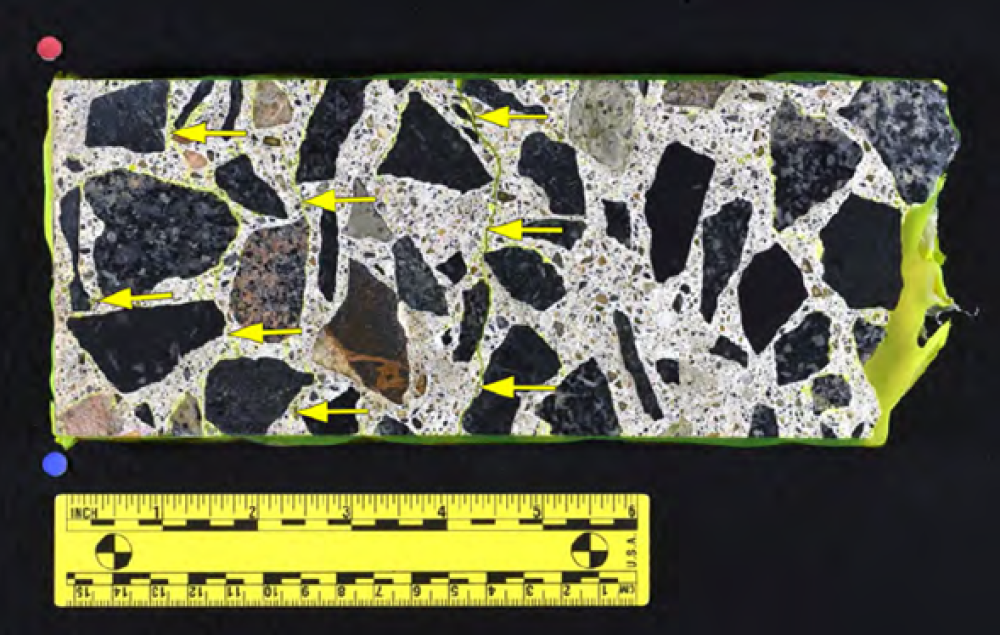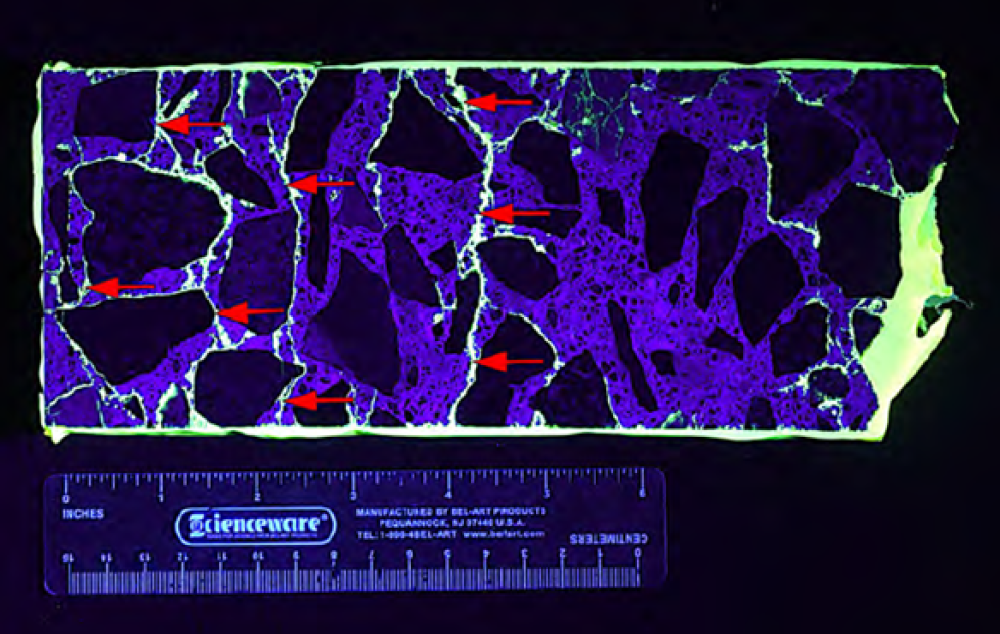MBTA Rail Line over Cove Road
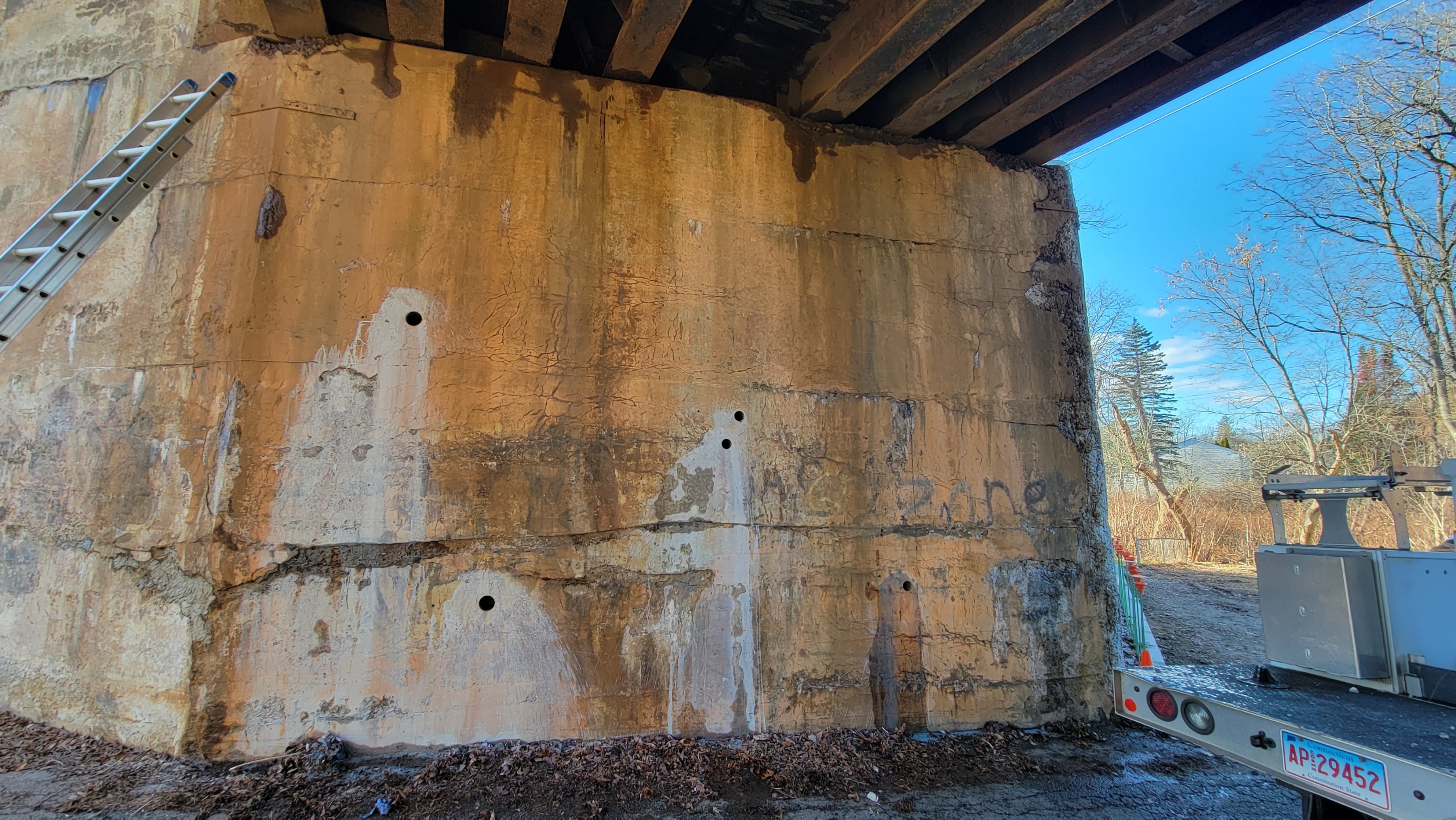

Services Applied by VCS Engineering
Project Introduction
The south abutment of an 80-year-old bridge had no existing information on the construction details. It comprises cast-in-place concrete designed to carry rail passenger traffic to and from the city of Boston, Massachusetts. Due to the age of the structure, the Massachusetts Bay Transit Authority (MBTA) and their consultant, Steere Engineering, had very little information about the bridge regarding construction methods, condition, dimensions, and the presence, location, and quantity of reinforcing. The north abutment was constructed with large granite blocks and was not investigated as part of this work. Steere contracted NDT Division to determine the reinforcing details and collect concrete core samples for laboratory testing to determine the durability of the concrete on the south abutment.
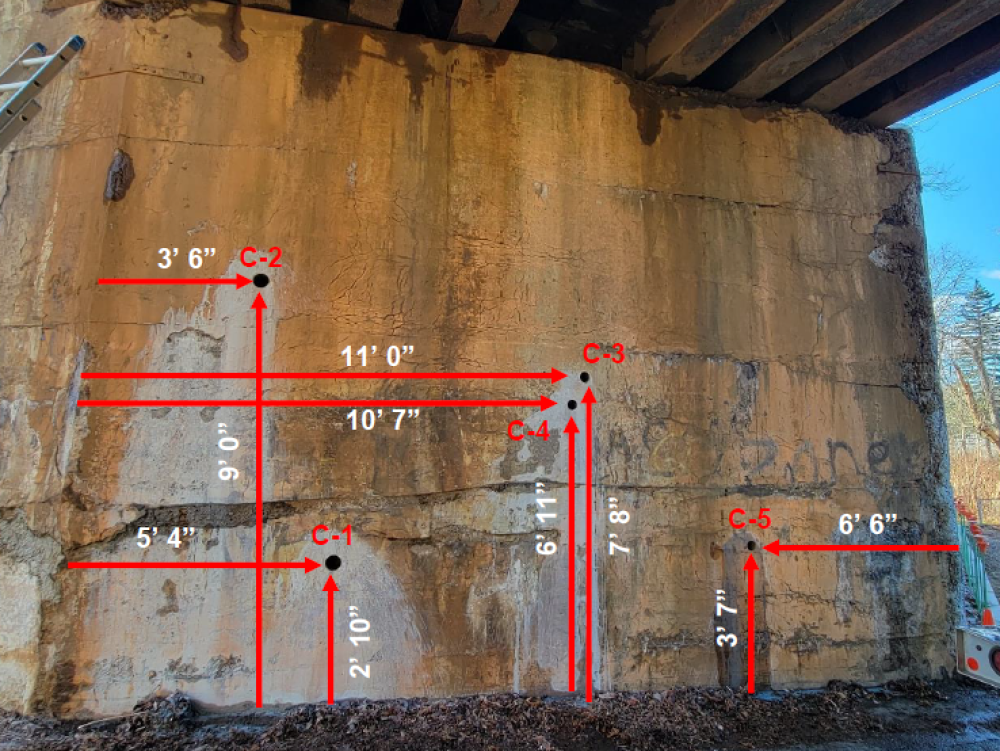
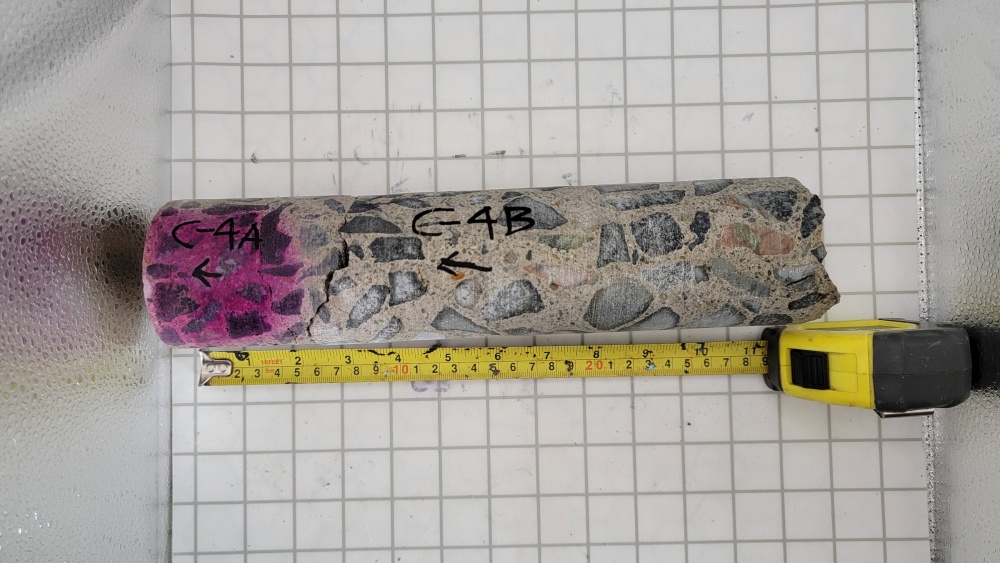
Project Scope
NDT Division used ground penetrating radar (GPR) to identify the reinforcing spacing and cover depth. Upon completion of the GPR scanning, it was determined that there was no detectable reinforcing present in the south abutment. With the GPR results it was then determined that corrosion potential testing and chloride ion sampling was not necessary, due to the lack of any reinforcing in the south abutment. The next phase of NDT Division. investigation involved the drilling of four concrete cores for the purpose of conducting laboratory examination. Four of the samples were used to determine the concrete compressive strength per ASTM C-42. The fifth core was used for petrographic analysis per ASTM C-856. All five cores were tested on site for depth of carbonation.
Project Results
The results of our laboratory analysis indicated that the average concrete compressive strength of the four samples was 3030 psi. The detailed petrographic analysis revealed macro and micro-cracking due to extensive freeze-thaw cycles and active alkali-silica reaction (ASR). The results were reported to the engineer and client for further evaluation. The consultant used NDT Division results along with their inspection data to complete the engineering analysis for this structure and develop a rehabilitation plan.
